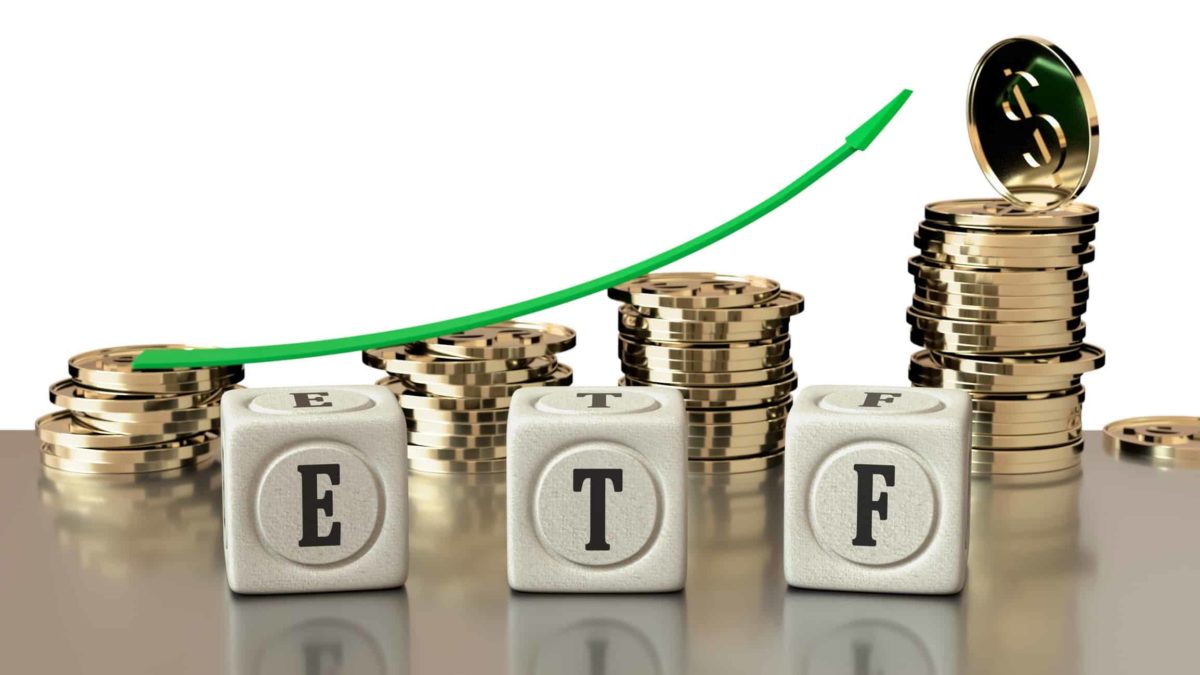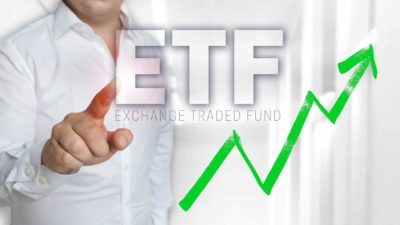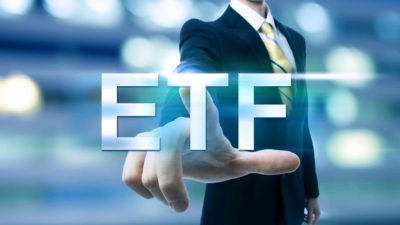It's turning into a day of absolute carnage on the ASX boards today. The S&P/ASX 200 Index (ASX: XJO) has lost a painful 1.56% so far today and is well back below 7,100 points. As you might expect, most ASX shares are down across the boards today, with ASX tech shares taking a big hit. This extends to most exchange-traded funds (ETFs) too. The Vanguard Australian Shares Index ETF (ASX: VAS) has also copped a fall of 1.34% so far today. But it's a whole different story when it comes to the ETFS Ultra Short Nasdaq 100 Hedge Fund (ASX: SNAS).
The SNAS ETF is not your typical exchange-traded fund. It's not designed to hold underlying companies within a portfolio, as most ETFs are. Instead, SNAS is what's known as an inverse ETF. It's also a leveraged (or geared) ETF. An inverse ETF is a fund that is designed, using some tricky financial engineering, to rise in value when the value of an index that it tracks falls. In SNAS' case, the index in question is the US-based NASDAQ-100 (INDEXNASDAQ: NDX).
SNAS-y returns? ETFS Ultra Short Nasdaq 100 Hedge Fund rockets 13%
A leveraged fund again uses financial engineering to give investors an amplified exposure to its underlying investment using borrowed money (or leverage). So in simpler terms, SNAS is designed to rise massively when the Nasdaq 100 Index falls. Here's how the provider ETFS explains it:
SNAS provides exposure to the Nasdaq-100 Index within a target range of -200% and -275% of the SNAS net asset value. Over a short interval of time, this means that for every 1% movement in the Nasdaq 100 Index, an investment in SNAS is anticipated to return between 2.00% and 2.75% in the opposite direction.
Last night (our time), the Nasdaq 100 fell a painful 5.06%, led by massive losses from the US tech giants like Apple Inc (NASDAQ: AAPL) and Amazon.com Inc (NASDAQ: AMZN).
So it's perhaps no surprise then that the SNAS ETF is up a whopping 12.55% so far today to $5.47 a unit. Earlier in today's trading, this ETF rose as high as $5.54, which was a rise of more than 13% at the time. Sometimes, it pays to go short.
But investors should remember that this kind of ETF cuts both ways. In times of rising markets, an inverse, leveraged ETF like this will suffer. That's why it was the worst-performing ETF on the ASX last year, with a 2021 loss of 48.7%.
The ETFS Ultra Short Nasdaq 100 Hedge Fund charges a management fee of 1% per annum.









